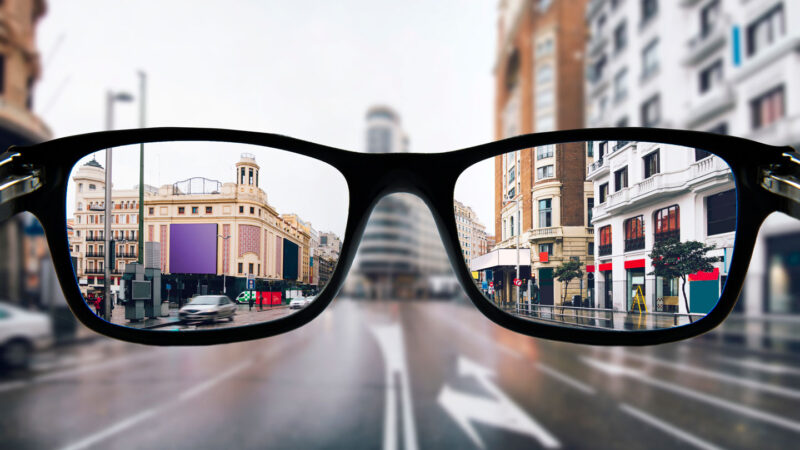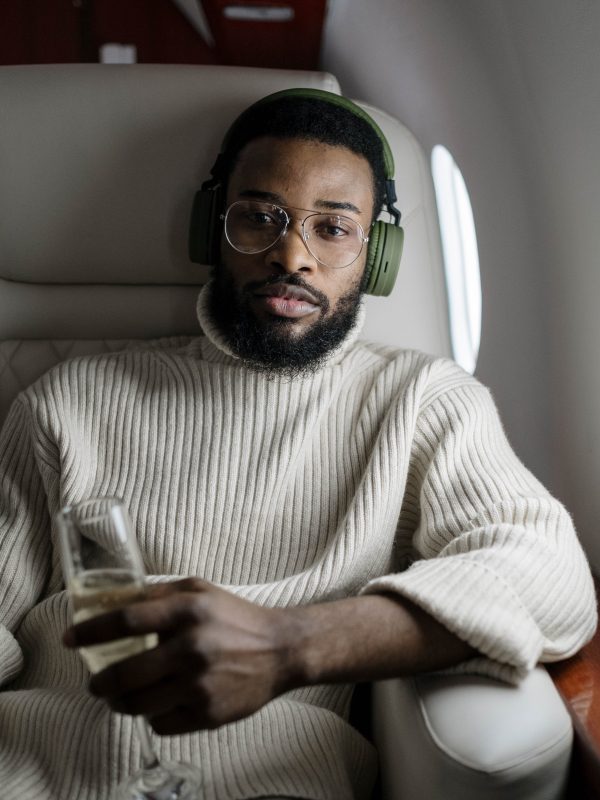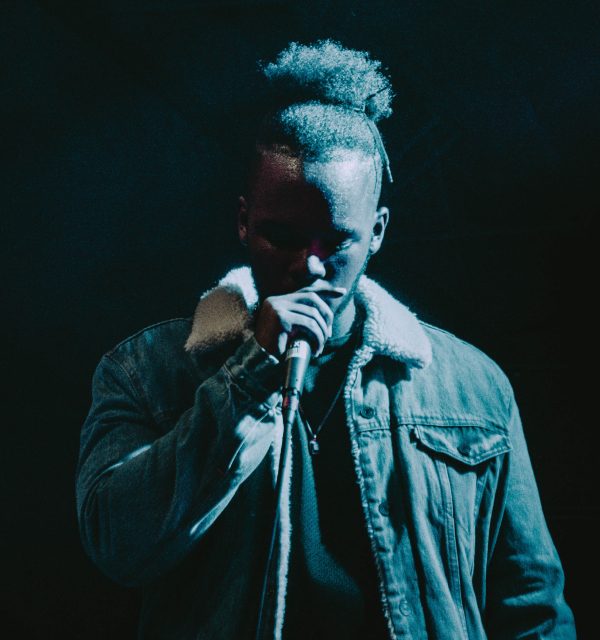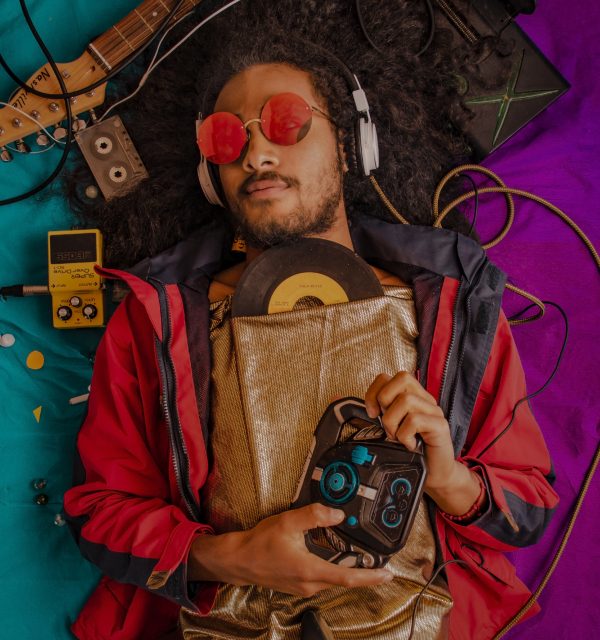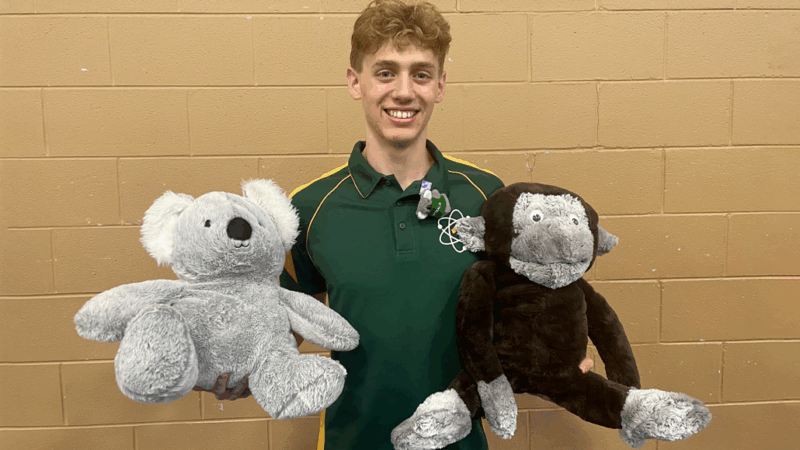For people who squint trying to read a road sign or the writing on a whiteboard at the front of a classroom, here’s some good news. There are effective ways to treat this eye condition, known as myopia. But it really helps if you catch it early — and use special contact lenses to slow down that fuzzying of long-distance vision. Until now, no one knew if long-term benefits of those contacts might require permanent use. A new study finds they don’t.
Benefits persisted even after the people went back to wearing regular contacts.

Myopia — also known as being nearsighted — affects about one in three people in the United States. It usually develops around age eight, worsening until the late teens. But the share of people who are affected has been growing. An estimated six in every 10 Americans is projected to be myopic by 2050.
One reason for the increase may be all our screen use. Researchers in Korea have just reviewed 45 studies on myopia. Together, these included more than 300,000 people (with an average age of about 9 years). For every extra hour that these people viewed screens each day, the likelihood of developing myopia climbed by about 21 percent! The findings appear in the February 21 JAMA Network Open.
Now, however, myopia is considered a disease. And those who have it are at risk of developing more serious eye disease as adults, says David Berntsen. “So anything we can do to slow it,” he says, is “good.” An optometrist at the University of Houston in Texas, Berntsen is an author of the new contacts study. His team shared its findings January 16 in JAMA Ophthalmology.
The value of ‘multifocal’ contacts
Myopia develops when our eyes grow a little too long. Instead of being perfectly round, they become somewhat egg-shaped. This shape has no trouble focusing on nearby objects. But distant ones appear blurry. The eye’s lens no longer focuses them on the retina, at the back of the eye. Their focal point ends up way in front of the retina.
Ten years ago, Berntsen’s group teamed up with researchers at Ohio State University to study nearsighted vision in nearly 300 kids. All were 7 to 11 years old. The researchers wanted to see if they could slow down that lengthening of the eyes.
One group of kids got contact lenses that had a single focal point. These corrected the myopia so distant images looked clear.
A second group got multifocal contacts. These lenses focus in two different ways. Its center portion corrects myopia. The outer portion brings light rays that enter the side of the eye into focus in front of the retina. This feature sends signals to the brain that slows the growth — and lengthening — of the eyes.
Everyone wore their contacts for three years.
The multifocal contacts did slow worsening of myopia, that study showed. Kids that had worn them had shorter eyes than did those wearing single-focus contacts. But this study didn’t show what would happen if people stopped wearing the multifocal lenses.
So Berntsen’s group did a follow-up study in 235 kids. All were 11 to 17 years old and prescribed multifocal lenses for their myopia. After two years, these kids were switched to regular contacts for another year.
In each year of this study, researchers measured eye length and how nearsighted each kid was. By around age 17, the kids could stop using the special contacts without any worsening in their vision, these data showed.
Most benefits from early treatment
Myopia typically progresses until around age 18 or 19. Yet many studies last just a few years and end before the eyes stop growing, notes myopia researcher Pauline Kang. An optometrist, she works at the University of New South Wales in Sydney, Australia. These new data, she says, help fill a research gap.
Grace Prakalapakorn, too, was happy to see lasting benefits from early use of multifocal lenses. Not all types of myopia treatment do this, she notes. An ophthalmologist, or eye specialist, at Duke University in Durham, N.C., she studies myopia in children. With the high rates of this disorder, she says, it’s important to explore all treatment options to best serve young patients.
Still, there are limitations to the treatment. It only helps while myopia is still worsening. And myopia tends to develop fastest when someone is first becoming nearsighted, says Berntsen. Still, he recommends treating even older patients, such as those around age 13, even though they may not benefit as much as if they had started by age 7 or 8. So, “the sooner we can intervene, the better,” he says.
These findings will help doctors decide when to start and stop treatment, says Kang. And that’s what Berntsen finds most exciting.
In the future, Berntsen wants to learn how to tell who is at risk of becoming nearsighted. Then, doctors might delay or limit the process. But the simplest thing kids can do to limit myopia is spend time outside. Studies consistently show that being around bright natural light and having to exercise your eyes by focusing on things near and far — as we do outdoors — reduces your risk.

